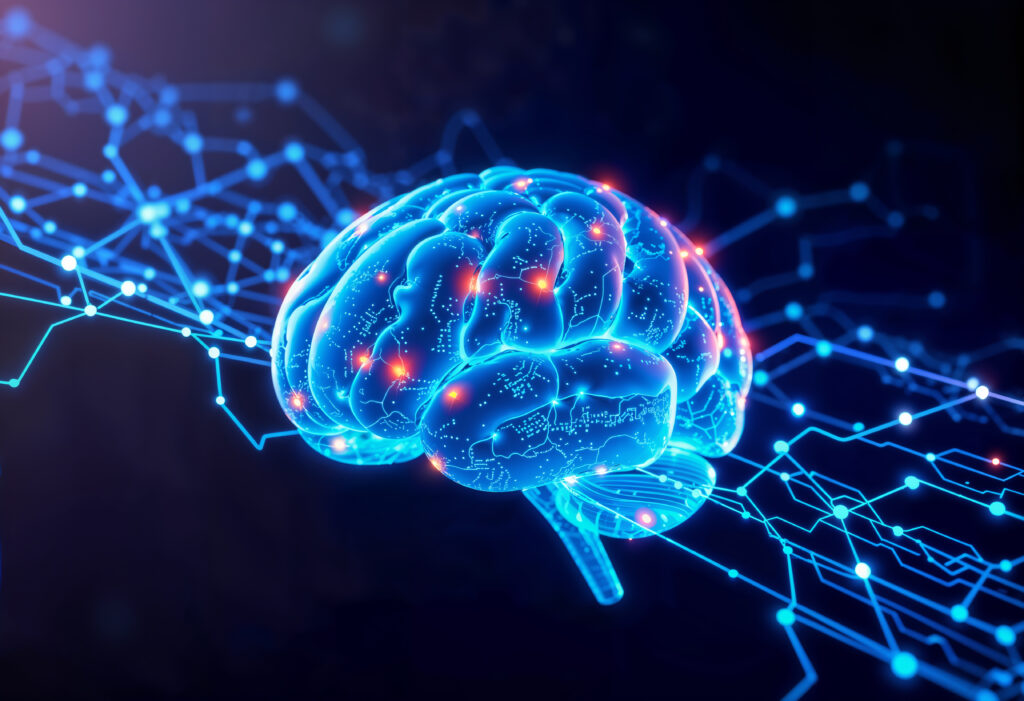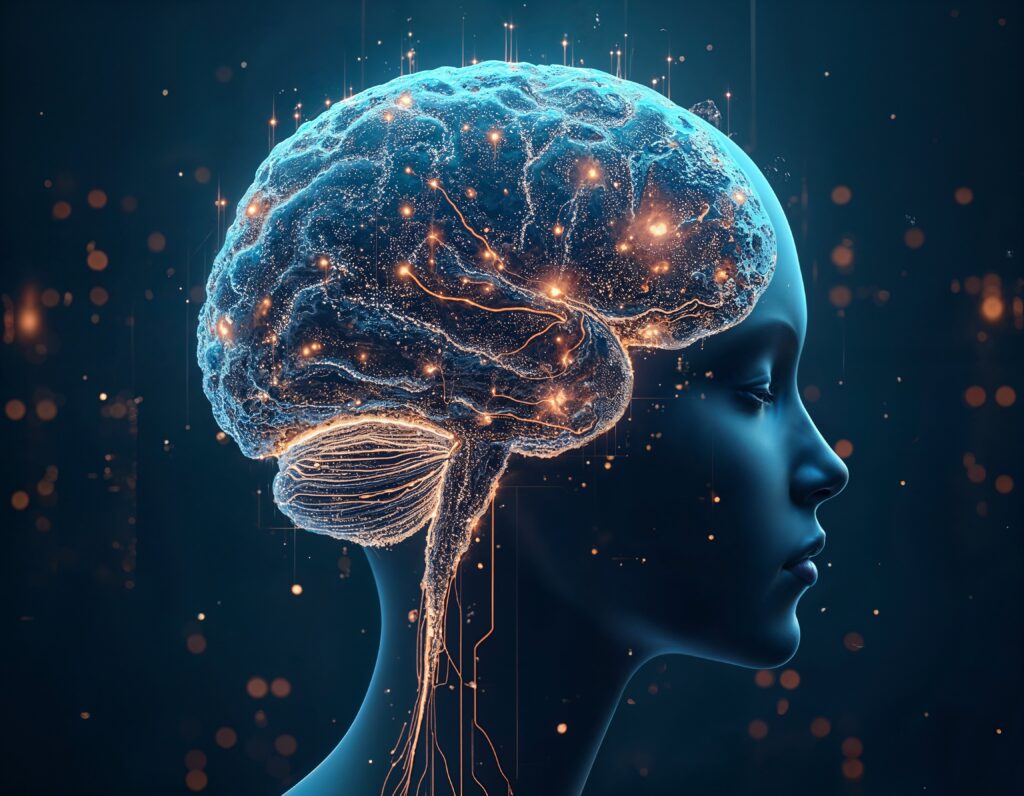Sound healing has surged in popularity across wellness communities, therapy rooms, and even corporate spaces. But beyond the calming tones of Tibetan bowls or the rhythmic hum of binaural beats lies a fascinating scientific truth: sound doesn’t just soothe it transforms.
The neuroscience of sound healing reveals how auditory frequencies can influence brain activity, emotional states, and even physical health.
So, how does sound affect the brain, and why does it work so effectively?
Sound and the Brain: A Direct Connection

When sound enters our ears, it’s not just heard it’s processed. Vibrations travel through the ear canal to the cochlea, where they’re converted into electrical signals. These signals are then sent to the auditory cortex in the brain, which interprets them as sound. But the journey doesn’t stop there.
Sound also interacts with deeper brain structures like the limbic system, which governs emotions, and the brainstem, which regulates automatic functions like heart rate and breathing. This means that sound can influence both how we feel and how our body responds physically.
Brainwave Entrainment: The Science of Synchronization
One of the most compelling aspects of sound healing is its ability to entrain brainwaves. Our brain operates at different frequencies depending on our mental state.
For example:
| Brainwave | Frequency (Hz) | Associated State |
|---|---|---|
| Delta | 1–3 Hz | Deep sleep |
| Theta | 4–7 Hz | Meditation, creativity |
| Alpha | 8–12 Hz | Calm, relaxed alertness |
| Beta | 12.5–30 Hz | Focus, active thinking |
| Gamma | 30+ Hz | High-level cognition |
Certain sound frequencies especially binaural beats and harmonic tones can guide the brain into these states by mimicking their frequency. This phenomenon is known as the Frequency Following Response (FFR), where the brain naturally aligns its activity with external auditory stimuli.
For instance, listening to a 6 Hz binaural beat can help induce a theta state, ideal for deep meditation or creative flow. This is why sound healing is often used to support sleep, reduce anxiety, and enhance focus.
Emotional Regulation Through Sound

The limbic system, which includes the amygdala and hippocampus, plays a key role in emotional processing. Sound can activate or calm this system depending on its tone, rhythm, and volume.
Soft, rhythmic sounds like ocean waves or gentle music can reduce cortisol levels (the stress hormone) and promote the release of dopamine and serotonin, neurochemicals linked to happiness and relaxation.
This explains why certain sounds feel comforting, while others like loud alarms or chaotic noise can trigger stress or anxiety. Sound healing leverages this emotional sensitivity by using frequencies that promote balance and peace.
Neuroplasticity and Repetition
Another fascinating aspect of the neuroscience of sound healing is its impact on neuroplasticity, the brain’s ability to rewire itself. Repeated exposure to healing sounds can train the brain to associate those frequencies with calm, focus, or sleep. Over time, this can lead to long-term changes in behavior and emotional response.
For example, someone who regularly listens to calming music before bed may begin to fall asleep more easily, even without the music, because the brain has learned to associate that sound with rest.
Scientific Evidence and Modern Applications

Modern neuroscience is catching up with what ancient cultures have known for centuries. Studies using EEG (electroencephalography) have shown measurable changes in brainwave activity in response to sound therapy. These changes correlate with improved mood, reduced anxiety, and enhanced cognitive performance.
Sound healing is now being integrated into:
- Mental health therapy: To support anxiety, depression, and PTSD.
- Corporate wellness programs: To reduce stress and boost productivity.
- Hospitals and clinics: For pain management and recovery support.
- Meditation and yoga practices: To deepen relaxation and mindfulness.
Ancient Wisdom Meets Modern Science
From Gregorian chants to shamanic drumming, sound has always played a role in healing rituals. What’s remarkable is how modern neuroscience validates these traditions.
Singing bowls, tuning forks, and vocal toning all produce frequencies that align with specific brainwave states, offering a bridge between ancient wisdom and scientific understanding.

Why It Works: A Summary
So, how does sound affect the brain and why does sound healing work?
- It engages multiple brain regions, including those responsible for emotion and autonomic function.
- It entrains brainwaves, guiding the mind into desired states like relaxation or focus.
- It influences neurochemical release, promoting feelings of well-being.
- It supports neuroplasticity, allowing the brain to adapt and respond to repeated auditory cues.
- It’s backed by both ancient practice and modern research.
In short, sound healing works because it speaks the brain’s language—frequency.





